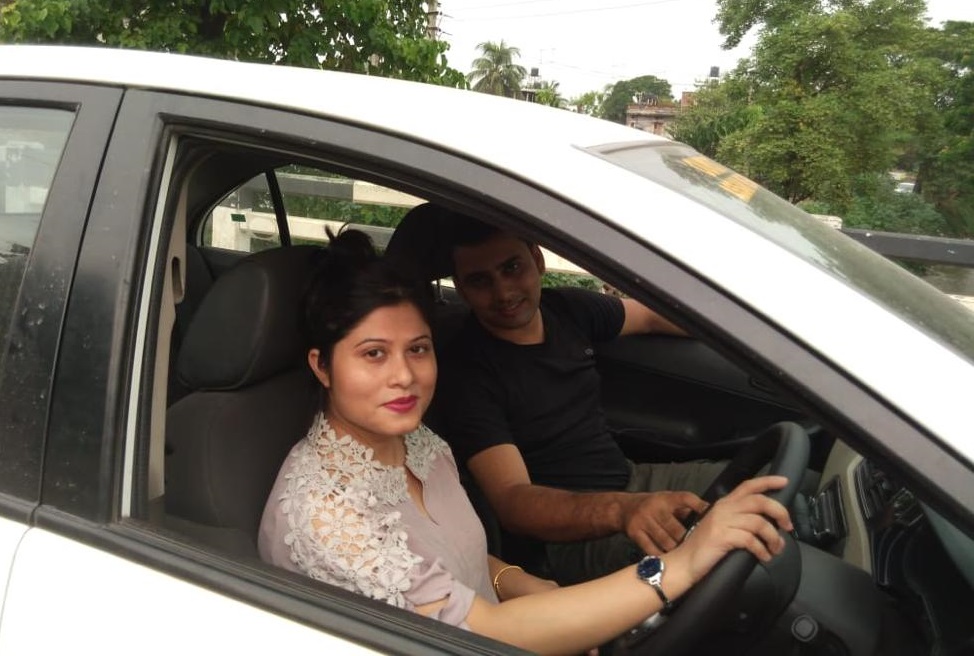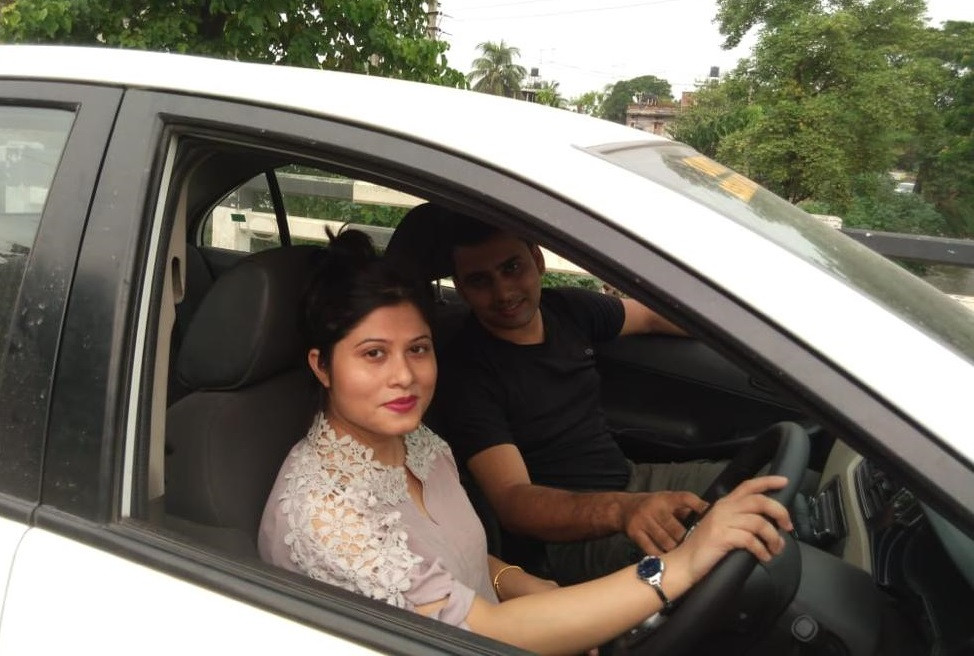rids.verify@gmail.com
+91-9555-581-581 | 9401677773

How can I learn to drive a car?

To learn car driving, follow these steps:
1. Familiarize yourself with the car: Start by getting acquainted with the different parts of the car, such as the steering wheel, pedals (accelerator, brake, and clutch if applicable), gear shifter, turn signals, windshield wipers, lights, and mirrors. Understand their functions and how they operate.
2. Study traffic rules and signs: Familiarize yourself with the traffic rules and regulations in your area. Study road signs, speed limits, and other important traffic signals. Understanding these rules is essential for safe driving.
3. Take a driver’s education course: Consider enrolling in a driver’s education course, which is often offered by driving schools or through online platforms. These courses provide structured learning, cover important topics, and often include practical driving lessons with a qualified instructor.
4. Obtain a learner’s permit: Check the requirements in your area to obtain a learner’s permit, which allows you to practice driving under certain conditions. This typically involves passing a written test that assesses your knowledge of traffic rules and signs.
5. Find a qualified instructor at RI Driving School : If possible, seek out a qualified driving instructor who can provide professional guidance and teach you the basics of driving. They can help you develop good driving habits, provide feedback, and ensure you learn in a safe and controlled environment.
6. Practice in a safe area: Start practicing in a safe and controlled environment, such as an empty parking lot or a quiet residential area. This allows you to focus on basic maneuvers, such as steering, accelerating, braking, and turning, without the added pressure of heavy traffic.
7. Gradually progress to different driving scenarios: As you gain confidence and proficiency, gradually progress to more complex driving scenarios, such as driving on busier streets, navigating intersections, and merging onto highways. Practice defensive driving techniques and learn to anticipate and react to potential hazards.
8. Take note of feedback: Pay attention to feedback from your instructor or experienced drivers who accompany you during practice sessions. They can provide valuable insights and tips to improve your driving skills.
9. Practice regularly: Consistent practice is key to becoming a skilled driver. Schedule regular practice sessions and gradually increase the duration and complexity of your drives.
10. Prepare for the driving test: Once you feel confident in your driving skills, study the requirements for the driving test in your area. Practice the specific maneuvers and skills that will be assessed, such as parallel parking, three-point turns, and lane changes.
Remember, learning to drive requires patience, practice, and a commitment to safety. Always prioritize safety, follow traffic rules, and be aware of your surroundings while driving.







